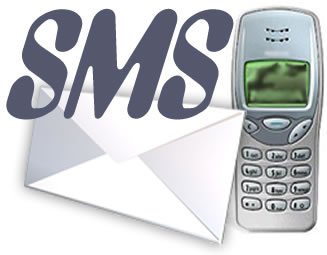The humble SMS has turned 20 today. The first SMS, or text as it’s now referred to, was sent on December 3rd 1992 by Sema Group software developer Neil Papworth, to his friend Richard Jarvis of Vodafone. He recalls the moment when the first message was sent:
Since mobile phones didn’t yet have keyboards, I typed the message out on a PC. It read ‘Merry Christmas’ and I sent it to Richard Jarvis of Vodafone, who was enjoying his office Christmas party at the time.
With eight trillion texts sent last year alone, it’s one feature of mobile phones that has grown and flourished, bringing a range of quirky, fun, informative and frustrating messages to your handset over the past 20 years. From jokes to spam texts, saucy sexting to prayers, the current crop of teenage mobile phone users are more text savvy than Papworth probably thought possible.
We thought SMS was a clever way for a company’s staff to send simple messages to one another. I do get a kick out of being called a ‘legend’, once a year. Even if at the time the achievement was nothing remarkable, I was just doing my job. It’s been quite amazing to watch SMS grow from a simple way for secretaries to page their managers to all these innovative applications that rely on text messaging – voting on reality shows, tracking vehicles or packages and telling you when a plane has landed.
While it took seven years for the functionality to take hold, it didn’t take anywhere near that for text speak to become a way of talking, all to simply save on a few characters. While terms like LOL and ROFL are quirky and fun, a raft of normal words have been replaced by abbreviated or trunc8ed terms (see what we did there?). BRB, FML and WBU are just some of the examples of the creativity of the users, with the abbreviated terms being seen as normal words to the initiated.
So in 1999 UK mobile operators started to offer the ability to text each other. Introducing the functionality at the same time as pas-as-you-go mobile tariffs, the humble text became a staple in society, not just in the mobile phone space. And while social networking has become the norm for smartphone users, the simple text continues to be available in places and on mobile devices that Facebook and Twitter just can’t reach.
Source: GuardianTech






